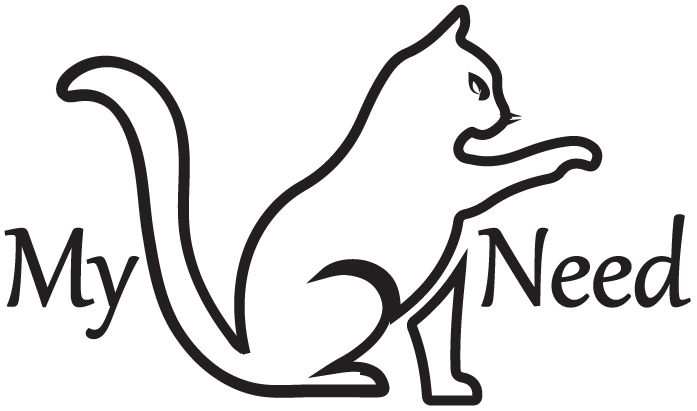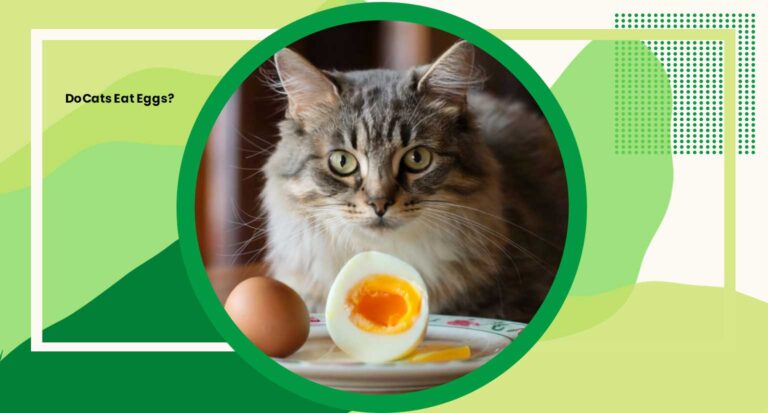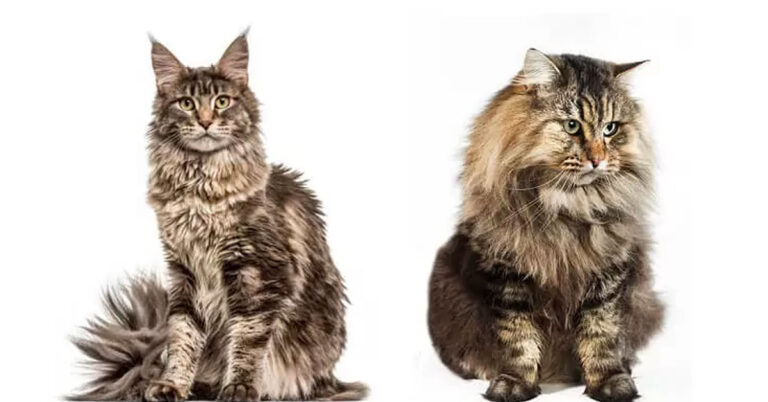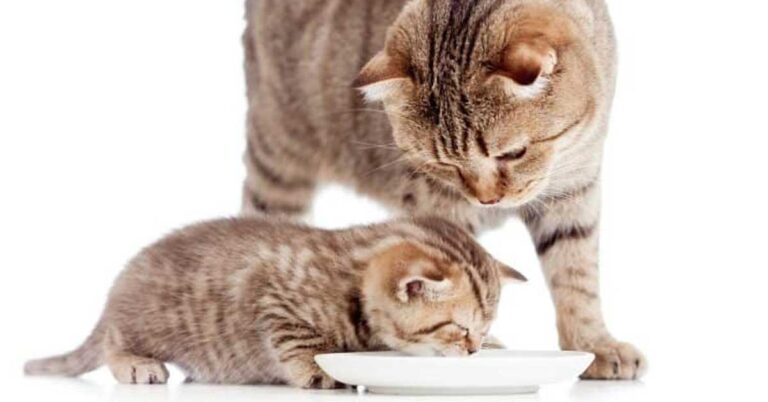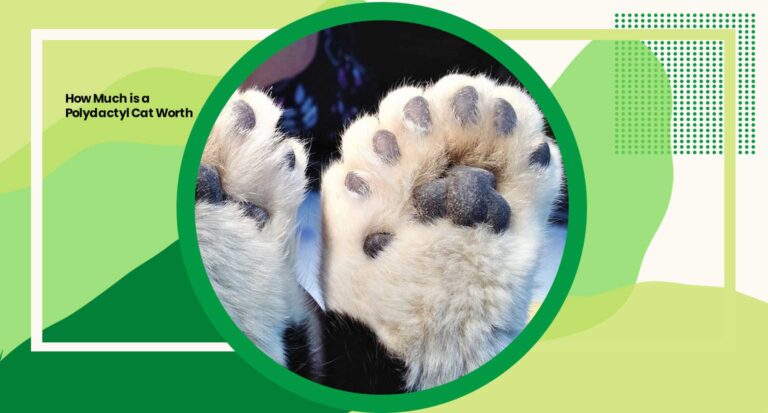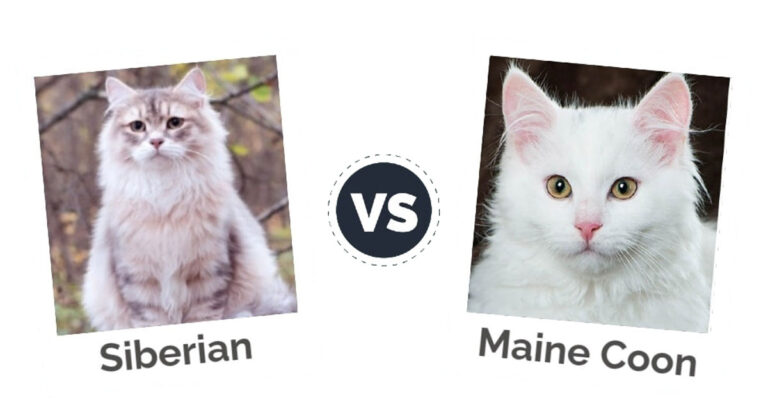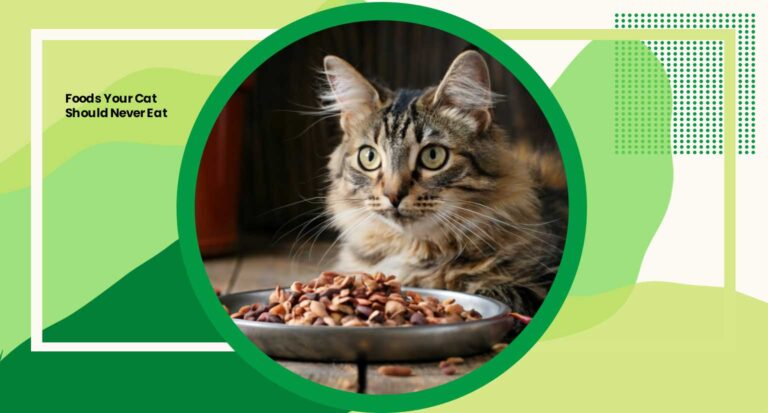Why Do Cats Purr and Then Bite You?
Cats, those enigmatic creatures that captivate our hearts with their soft purring and playful antics, often leave us puzzled by their sudden shifts in behavior.
Among their many mysterious habits, the intriguing combination of purring followed by sudden biting remains a conundrum for many cat owners and enthusiasts.
Why do cats purr and then bite you? is a question that lingers, prompting a deeper dive into the complex world of feline communication and instincts.
Let’s explore the reasons behind this curious behavior that leaves us both delighted and bewildered.
Why Does My Cat Keep Biting Me While Purring?
Understanding the nuances of feline behavior involves recognizing that cats communicate through a diverse range of signals.
When your cat engages in the seemingly contradictory actions of purring and biting, it may be expressing a mixture of emotions. Purring is often associated with contentment, but it can also signify excitement or anxiety.
The bites, on the other hand, may be an instinctual response or a form of communication.
Exploring the intricacies of these behaviors will shed light on the specific reasons behind your cat’s unique combination of purring and biting, allowing for a deeper connection with your feline companion.
The enigmatic nature of cats often leads to perplexing behaviors, such as the combination of purring and biting.
To comprehend this complex behavior, one must delve into the intricate world of feline communication and instincts.
Decoding Purring
Purring, commonly associated with contentment, isn’t solely indicative of pleasure.
It can also signal various emotions, including excitement, anxiety, or even a form of self-soothing during stress.
Dance of Communication
When coupled with biting, this behavior might convey different intentions.
Biting during a purring session can be a result of overstimulation, a playful gesture that escalates too far, or an attempt at communication.
Context, Cues, and Body Language
Cats have diverse ways of expressing themselves, and this combination might be their way of indicating a desire to play, a need for personal space, or even an expression of affection.
Interpreting the context, body language, and cues leading up to these actions is crucial to understanding why your cat employs this unique blend of purring and biting in its interactions.
Why Does My Cat Bite Me Gently?
Cats, in their mysterious ways, often communicate through subtle gestures that leave us questioning their intentions.
The gentle biting behavior exhibited by cats carries its own set of meanings and nuances, inviting us to explore the motivations behind this seemingly delicate yet significant action.
Affectionate Communication or Playful Expression?
When your cat engages in gentle biting, it may be expressing a form of affection or playfulness.
Cats, being tactile creatures, use their mouths to interact with their surroundings, and gentle nibbles can be a means of conveying fondness towards their human companions.
Understanding the context and accompanying cues can provide insights into whether the gentle bites are an expression of love or simply a playful interaction.
Nurturing Behavior
In some instances, gentle biting can harken back to kittenhood behavior.
Kittens often engage in gentle nipping as a part of their early socialization and communication with their mother and littermates.
If your cat was weaned too early or lacks socialization, gentle biting might be an attempt to recreate the nurturing interactions it experienced during its formative weeks.
Communication Through Teeth
Cats use a combination of vocalizations, body language, and tactile actions to communicate.
Gentle biting can be a part of their unique language, conveying a range of emotions from affection to a desire for attention.
By paying attention to the circumstances surrounding these gentle bites, you can decipher the specific message your feline friend is trying to convey.
Why Does My Cat Bite Me While Cuddling?
Cuddling with your cat can be a cherished bonding experience, but the unexpected bites during these cozy moments can be confusing.
Understanding the reasons behind your cat’s tendency to bite while cuddling requires delving into the intricacies of feline behavior and communication.
Cuddle Bite
Your cat bites during cuddling sessions, it might stem from overstimulation. Cats, like humans, have their limits for physical interaction.
The bites could signify that your feline friend needs a break from the closeness or is experiencing sensory overload. Additionally, it might be a playful response, as some cats intertwine playfulness with physical closeness.
Asserting Personal Space
Cats are creatures of habit and individual boundaries.
Biting during cuddling might be your cat’s way of asserting its need for personal space or signaling that it prefers a different form of interaction at that moment.
It’s crucial to respect these boundaries and understand your cat’s cues for when cuddling becomes too intense.
Deciphering Your Cat’s Intentions
Cats communicate through a combination of body language and actions.
The context surrounding the bites while cuddling, such as tail movements, ear positions, and overall demeanor, can provide valuable clues.
By observing these cues, you can gain insights into whether the bites are a request for space or a playful gesture.
Understanding your cat’s preferences during cuddling moments fosters a harmonious and enjoyable bond between you and your feline companion.
Why Do Cats Bite?
Understanding the various reasons behind a cat’s biting behavior involves uncovering the intricate facets of feline instincts, communication, and environmental triggers.
Expressing Emotions and Intentions
Cats use biting as a form of communication, expressing a range of emotions and intentions.
Biting can be a means of signaling affection, albeit a bit rough for human comfort, especially during moments of excitement or playfulness.
Moreover, it might indicate stress, fear, or discomfort, serving as a defensive response when a cat feels threatened or overwhelmed.
Teething, Socialization, and Natural Instincts
For kittens, biting is a part of their learning process.
Through playful interactions with littermates, they develop social skills, learn boundaries, and refine their predatory instincts.
Additionally, teething might drive kittens to bite as they explore their environment and alleviate discomfort.
Setting Limits and Asserting Needs
Cats establish boundaries through biting, conveying the need for personal space or signaling discomfort.
They might employ gentle bites as a means of communication, setting limits in interactions with humans or other pets.
Understanding the context and cues preceding the bites is crucial to deciphering whether they stem from affection, playfulness, or a request for space.
Stress, Anxiety, and Health Issues
Stressors such as changes in routine, unfamiliar environments, or health issues can lead to biting behaviors in cats.
Addressing underlying stressors and ensuring your cat’s physical and mental well-being can significantly reduce instances of biting that stem from anxiety or discomfort.
Observing Body Language and Context
Deciphering a cat’s biting behavior involves paying attention to accompanying body language, such as ear positions, tail movements, and vocalizations.
Contextual cues provide valuable insights into the motivations behind the bites, helping you respond appropriately and nurture a harmonious relationship with your feline companion.
Why Does My Cat Bite Me Gently When I Pet Him?
The gentle bites you receive while petting your cat may seem perplexing, but understanding this behavior involves delving into the intricate world of feline communication and interaction.
Affectionate Biting or Overstimulation?
When your cat gently bites during petting sessions, it might be an expression of contentment and affection.
Cats, in their unique way, communicate through tactile interactions, and gentle nibbles can be their way of displaying fondness.
However, these bites can also signal overstimulation, indicating that your cat needs a break from the physical contact.
Signaling Preferences and Comfort Levels
Cats have individual preferences for physical contact.
The gentle bites could be your cat’s way of setting boundaries or expressing that it prefers a different type of interaction.
Recognizing these cues and respecting your cat’s comfort levels is essential for maintaining a harmonious relationship.
Communication Through Touch
For cats, touch is a significant means of communication.
Their bites while being petted might convey various messages, from showing pleasure and affection to indicating a need for a change in interaction style.
Observing your cat’s body language, such as tail movements and ear positions, can provide valuable insights into its feelings and intentions.
Creating a Positive Bond
The nuances of your cat’s behavior during petting sessions enables you to respond appropriately.
If your cat indicates discomfort or overstimulation through gentle bites, allowing it some space or altering the way you interact can help maintain a positive and enjoyable experience for both you and your feline companion.
Cat’s likes and dislikes
My cat’s preferences is like navigating a personalized manual filled with likes and dislikes tailored uniquely to their feline whims.
Their tastes go beyond mere food choices, encompassing a rich array of preferences.
They relish cozy sunlit spots, find joy in feathered toys during playtime, and express affection through gentle petting and chin scratches.
My cat’s likes embrace comfort, engaging activities, and moments of tender connection.
On the flip side, their dislikes revolve around discomfort, whether it’s avoiding cold or uncomfortable surfaces for resting or reacting to loud noises and sudden movements during play.
A pristine litter box gets a purring approval, while unfamiliar or dirty litter definitely falls into the dislike category.
Understanding these small details is essential to establishing a peaceful space that properly suits my picky cat’s preferences.
| Cat’s | Likes | Dislikes |
|---|---|---|
| Food | Fresh, high-quality meals | Stale or low-quality food |
| Playtime | Interactive toys, feather wands | Loud noises, sudden movements |
| Resting Spots | Warm, cozy beds or sunny spots | Cold or uncomfortable surfaces |
| Affection | Gentle petting, chin scratches | Overly rough handling, tail pulling |
| Toileting | Clean litter box | Dirty litter box, unfamiliar litter |
Conclusion
The seemingly contradictory behavior of cats purring and then biting reflects their intricate language of affection.
Purring often signifies contentment, excitement, or even anxiety, while gentle bites may serve as expressions of playfulness, communication, or a need for personal space.
Understanding this unique feline dialect enhances the bond between humans and their enigmatic companions, fostering a deeper connection based on mutual understanding and respect.
Related Posts:
